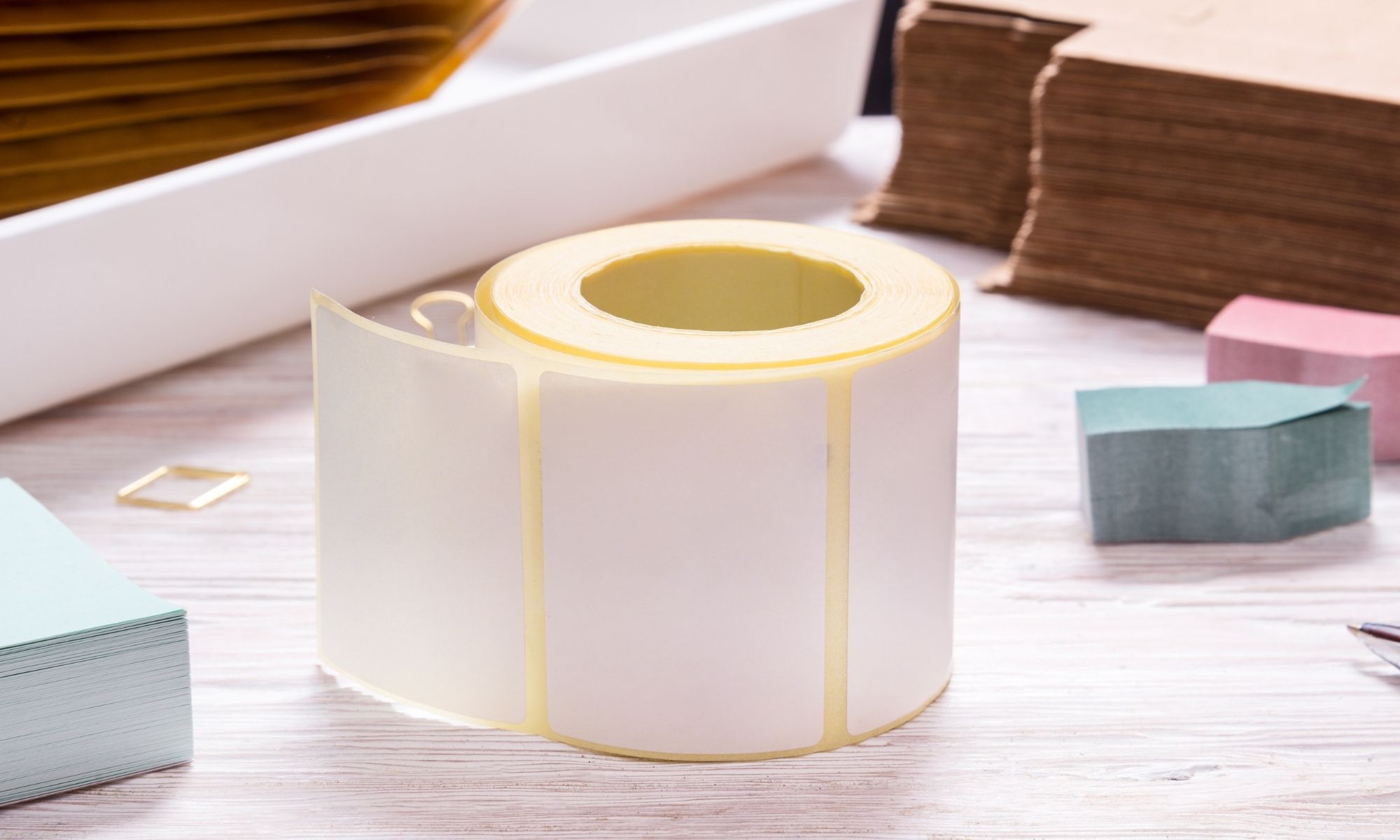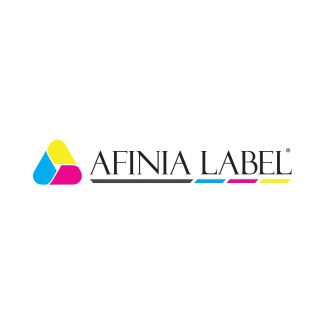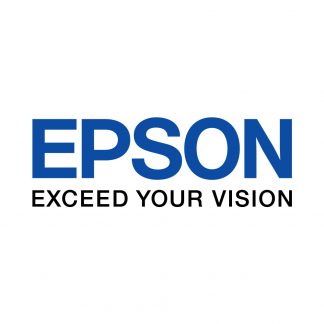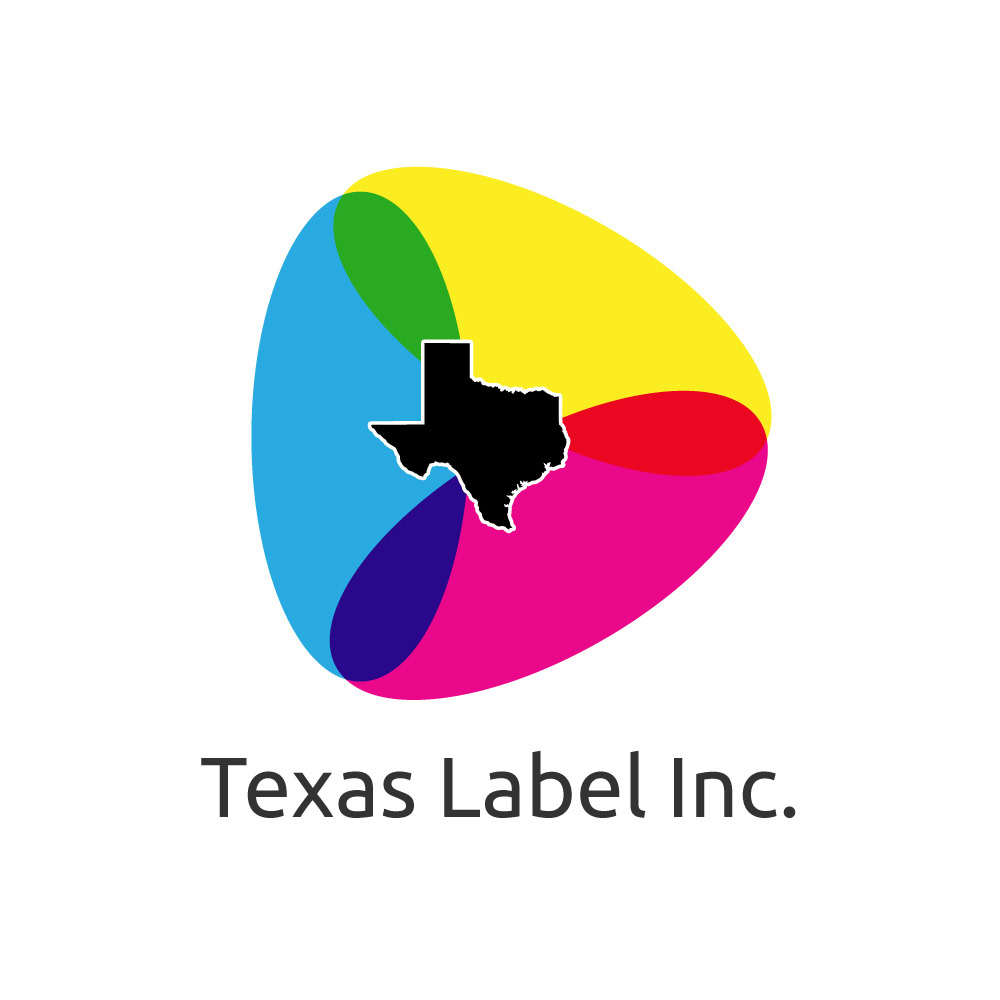
If you’ve already chosen your label printer, maybe you thought the tough decision was behind you. However, the labels you choose to print on are just as important. There are countless types of labels for printing in various packaging applications, including food products, medical equipment, electronics, and many more.
At Texas Label Printers, we make it simple to find blank labels that are compatible with your printer in the exact specifications that you need. Before you order, it helps to familiarize yourself with the different label types, so you know all your options.
Label Printing Process
Labels come in inkjet and laser; however, this choice has more to do with your printer than it does the labels themselves. When selecting this option, make sure you consider what type of label printer you already have. Many product manufacturers prefer inkjet because of its vivid colors and image quality, but some applications may make laser printers more appropriate.
Label Material
The label material you choose will depend on how durable of a label you need. If your labels need to endure extreme temperatures, moisture, or excess handling, you’ll need a stronger material to support these demands. Here are a few different label materials you might choose from.
Paper
Paper labels are typically the most inexpensive option, but they’re best used in dry indoor environments because they don’t hold up as well to moisture.
Polypropylene (BOPP)
This material is a popular choice because it delivers substantial durability without breaking the bank. Polypropylene (or more specifically: Biaxially Oriented Polypropylene or “BOPP” for short) is a type of plastic that stands up well against moisture, tears, and abrasions, and it doesn’t fade as quickly as paper.
Polyester
Polyester labels are among the toughest you can buy. They’re designed to hold up in the most extreme conditions, so they won’t fade or deteriorate over time. This makes them ideal for identifying important product details, such as serial numbers or compliance information.
Finishes and Textures
While looks are important when it comes to your label finish, the label’s purpose may also determine which is the better choice. Consider these common finishes and their applications.
High-Gloss & Satin (Semi-Gloss)
High-gloss or glossy labels have a distinct shine pops. Colors often appear more vivid, and graphics typically look smoother and more professional. This bright finish is perfect for attracting customers’ attention on store shelves, so it’s great for product logos and branding.
Matte
Matte labels feature a flatter, duller finish. This may seem undesirable, but there are applications where this is preferred. Glossy labels reflect light, which can make it difficult for scanners to read them. Matte labels ideal for barcodes and QR codes.
Holographic
Holographic labels are most commonly used for product identification and security. These are high-quality, durable labels that may come in various patterns and color options.
Metallic
While metallic foils are uncommon for digital label printing, polyester and polypropylene materials with a metallic-looking finish such as gold or silver are common and perform exceptionally well.
Adhesive Strength
Finally, don’t forget to consider the adhesive strength. Some applications call for a weaker adhesive that is easily removable, while others require heavy-duty adhesives to adhere to various surface types and temperatures. Decide whether you need your labels to be temporary or permanent and select the right adhesive strength accordingly.
Please contact us if you have any additional questions about your particular application, otherwise order blank labels for your printer now.



